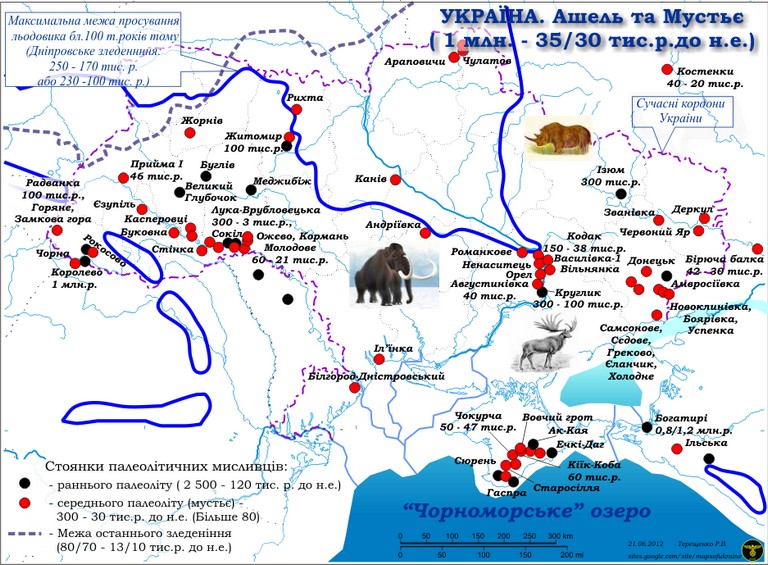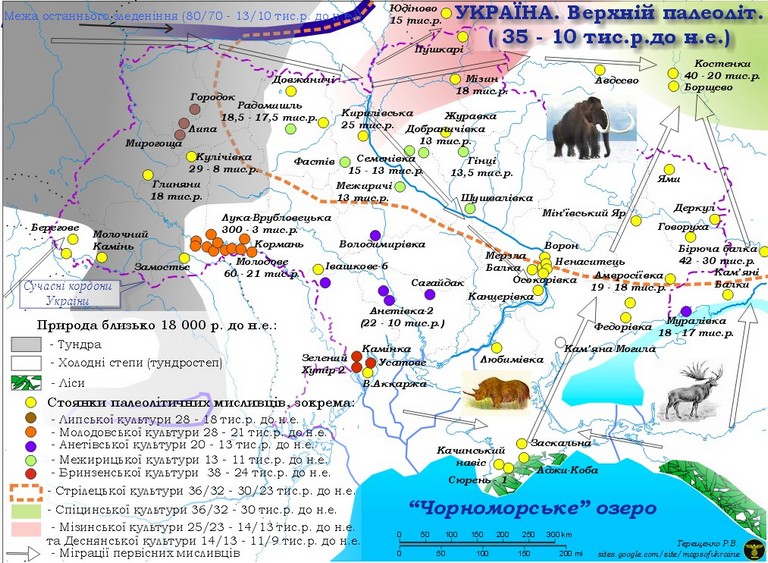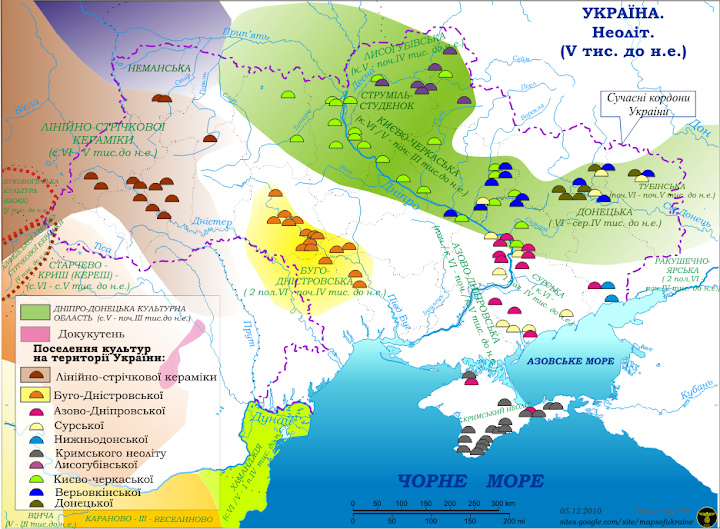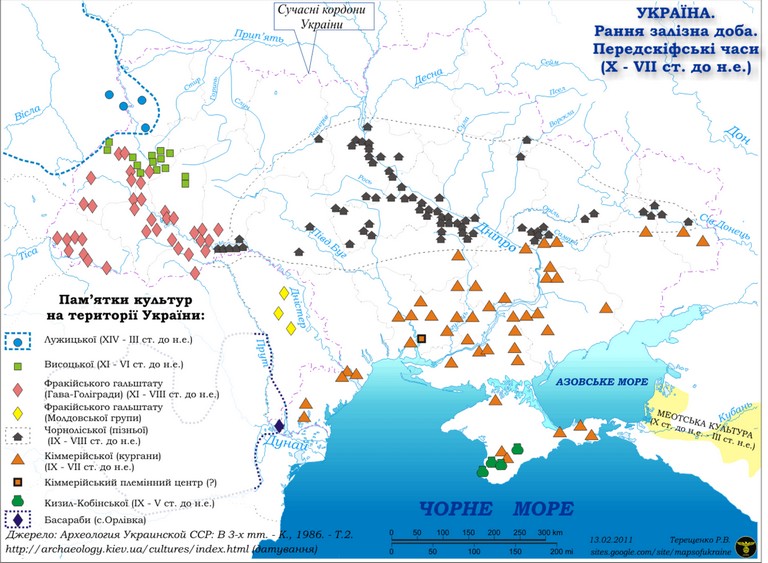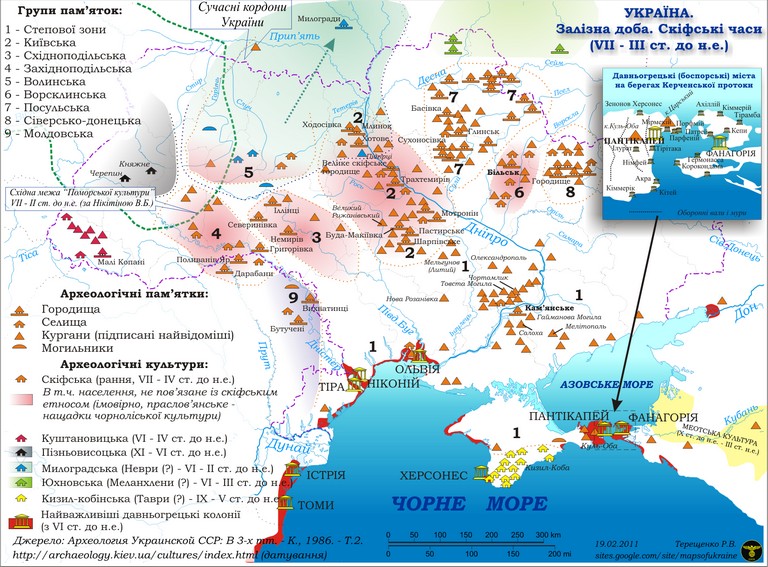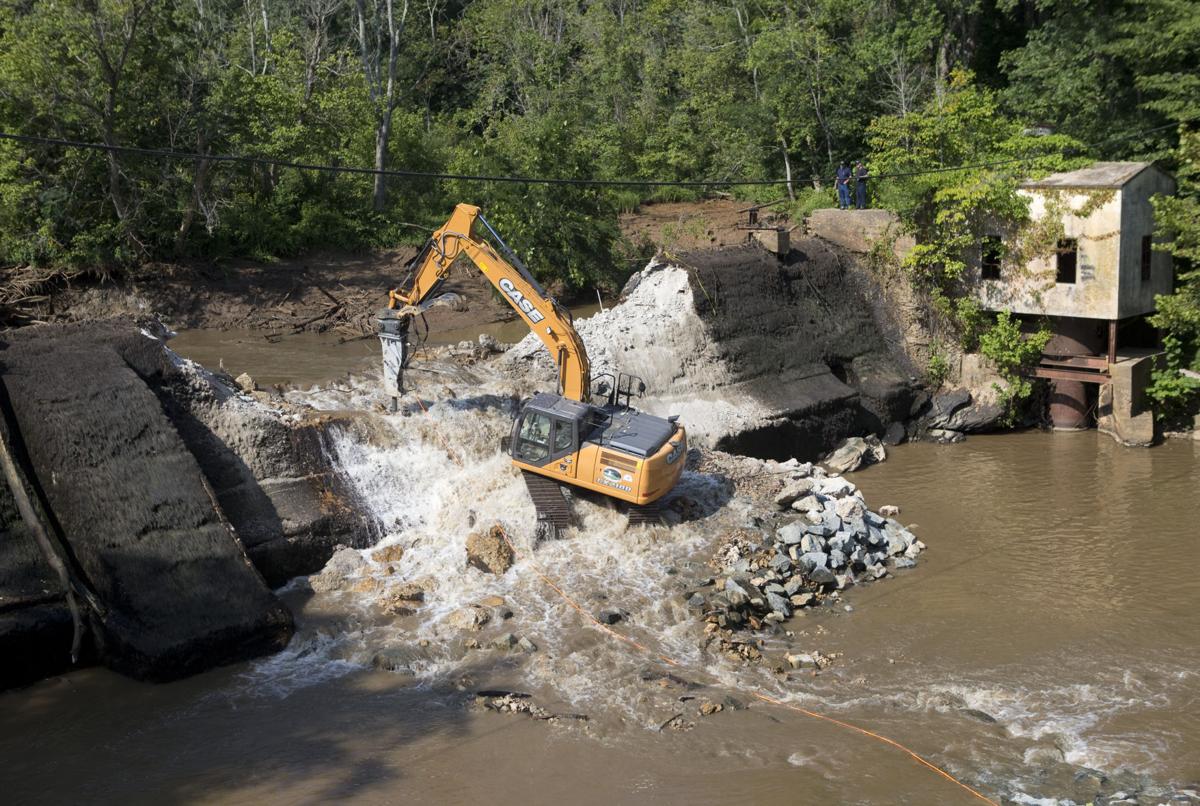The problem addressed in this article is crucial not only for us but also for future generations because the functioning of the Dnipro River ecosystem significantly influences the environmental conditions and livelihoods throughout the territory of Ukraine, from its northern to southern borders.
Theoretically, all development scenarios for the Dnipro River basin can be divided into two groups. The first group consists of scenarios that prioritize the natural and most comfortable state of the Dnipro River for humans. This state requires minimal maintenance costs, ensures the preservation of natural resources, land, vegetation, soil, forests, biodiversity, and satisfies the population’s needs for recreation and tourism. Natural ecosystems have unique abilities for self-regeneration and self-restoration. The second group of scenarios is based on the opportunities provided by cascade reservoirs, the majority of which require reconstruction, involving significant financial and resource investments. The operation of such facilities alters the surrounding environment, leading to negative consequences for humans and the environment. Additionally, it requires additional measures and resources for purification, reinforcement, and other purposes.
So, what kind of nature do we need – a temple or a workshop, figuratively speaking? This question is now posed to us with renewed relevance.
“The wide Dnipro roars and groans” – the poetic line by Taras Shevchenko vividly depicts the mighty Slavutych. Renowned historian Dmytro Yavornytsky summarizes the natural potential of this water artery as follows: “Dnipro, mighty, wide, full-flowing, rich in fish, with its luxurious green valleys, impassable floodplains, teeming with birds, animals, and forests.” References to this colossal, rich, and enchanting river can be found in sources dating back to ancient times, including the works of the ancient Greek historian Herodotus (450 BCE): “The Borysthenes (Dnipro), among the Scythian rivers, is the largest and, in our opinion, the most abundant in nourishing products, not only compared to the Scythian rivers but to all rivers in general, except for the Egyptian Nile.”
Detailed descriptions of the Dnipro, including its rapids, can be found in the works of the Byzantine Emperor Constantine VII Porphyrogennetos at the end of the first millennium CE. A bit later (1630-1648), French military engineer G.L. de-Boplan, while serving the Polish king and leading the construction of fortifications in southern Ukraine, paid special attention to the Dnipro rapids in his work “Description of Ukraine.” For example, when exploring the Samara River, a tributary of the Dnipro, he noted the following phenomenon: during fish spawning, a sunken stake in the water maintained a vertical position, indicating the dense schools of fish. Even until the 1930s, the Dnipro satisfied the population’s demand for fish, ranging from bream to herring and sturgeon. The grandeur of the Dnipro rapids (waterfalls, picturesque silhouettes, and thundering waters) fascinated travelers. The Scythians and Alans adored the rapids and worshipped this natural wonder. And rightfully so, as within a nearly 70 km stretch, the river created nine picturesque rapids and over 30 shallows. (According to Dmytro Yavornytsky: “Rapids are a ridge of stones that span the river from one bank to another, and shallows are a ridge of stones that only partially obstruct the river, allowing free passage from one side of the river.”) At the same time, they posed a significant obstacle on the waterway, making it nearly impossible to overcome without the assistance of experienced pilots.
Until the 19th century, the ecosystem of the Dnieper River was primarily viewed in terms of its terrestrial-aquatic productivity and transportation capabilities. Due to the rapid development of the economy in southern Russia, the transportation component gained increasing importance, as there was no cheap and extensive road network. Therefore, in imperial Russia, all issues related to such an important transportation artery as the Dnieper River were addressed by the Ministry of Communications. Both hydrography and climate, forest cover, the amount of precipitation, ice conditions, water quality, and even environmental preservation issues, forest and swamp protection throughout the Dnieper basin were important subjects for research and management within this ministry. Essentially, it was a well-coordinated system of comprehensive monitoring of the entire Dnieper River basin, based on which all decisions were made by one ministry, which we still do not have today. All of this is well documented in two fundamental works by transportation engineer M. Maksimovich. It is worth noting that none of the navigation improvement projects included flooding the rapids; they were based solely on widening narrow passages, constructing bypass canals, or installing locks.
During the Soviet era, the attitude towards nature underwent radical changes. Nature was seen as a workshop, not a sanctuary, and humans were its masters. This led to massive transformations in the environment, including the ecosystem of the Dnieper River. In 1927, a decision was made to construct the Dnipro Hydroelectric Power Station (HES), for which the Dnieper Reservoir was created between Zaporizhia and Dniprodzerzhynsk, with a total area of 30,000 hectares and a dam height of 37 meters. The main motivations for this construction were to provide passage for ships without the need for transshipment, obtain cheap electricity, and significantly increase the area of irrigated land.
The planned results were achieved within a short timeframe, and they were even used as evidence of the advantages of the socialist system, although similar approaches to river exploitation were known worldwide. However, no one considered the negative consequences. This included the loss of natural treasures like the Dnieper rapids and unexplored historical sites from the Scythian-Alan-Cossack period. It was not taken into account that the sedimentation of the reservoir would eventually transform the river into a lake-marsh type water body, despite the knowledge of the complete sedimentation of the Hindukush Reservoir in just 13 years (and the Kur River reservoir being more than 60% silted). It was ignored that the planned flooding would create numerous shallow areas with subsequent water blooms, and the regulation of the river and changes in water levels for hydropower needs would lead to the destruction of certain fish species and a decrease in their catch. The global trends in transportation development were also disregarded.
Based on such reasoning, the implementation of the Dnipro Hydroelectric Power Plant (HPP) project began, and by 1931, two lower thresholds were flooded, and by 1934-1935, the reservoir was almost formed. Interestingly, in 1927, the Dnipropetrovsk Hydrobiological Station was established for the study of the Dnipro River’s water area in the flooding zone. Here are some results of its research: the appearance of blue-green algae was observed in shallow areas, and the river’s flow velocity significantly decreased. In 1929, the flow velocity of the Dnipro River near Dnipropetrovsk was 0.63-0.83 m/s, and near the Vilyi rapids, it was 1.27-4.7 m/s. After the flooding, it decreased to 0.03-0.88 m/s and 0.01-0.19 m/s, respectively. The water transparency after the Vilyi rapids increased from 0.80 cm to 200 cm. Within three years, the thickness of the sediment layer doubled, clearly indicating a lake-type reservoir. The chemical composition of the water deteriorated significantly due to industrial production growth and the regulation of discharge.
Despite this, during the post-war period (1950-1975), five more reservoirs were created, and the Dnipro River became completely regulated throughout Ukraine. Thus, the “grand” plan to rebuild the ecosystem of the Dnipro River was completed. What did we get as a result?
First of all, there was the possibility of transporting passengers and goods without transshipment. However, the dynamics of these indicators show a constant decrease in the share of water transport in the overall volume of transportation.
The construction of hydroelectric power plants allegedly allowed obtaining cheap and environmentally clean electricity. Indeed, if we disregard the fact of destroying coastal ecosystems, it is relatively clean. The share of electricity generated by the Dnipro cascade of HPPs accounts for 5-7% of the total electricity produced in Ukraine. As a result, maintaining the Dnipro cascade of HPPs costs the country 6-30 times more than the value of the energy produced by them. So, our hydropower is not as cheap as it seems!
The expected increase in fish catch with the creation of reservoir cascades did not occur. The sharp increase in catch during the early years of reservoir creation (up to 100,000 tons in 1973) quickly declined, and by 1991, it was around 30,000 tons, a level that persists to this day. In the Dnipro River, many species of typical river fish disappeared, including beluga, sturgeon, Black Sea-Azov sturgeon, salmon, river conger, and the population of sterlet, vimba, asp, tench, bleak, and roach dramatically decreased. They were replaced by lake forms such as bream (which accounts for about 40% of the catch), pike, catfish, carp (the domestic form of common carp introduced from fish farms), roach, and perch. In recent years, the development of populations of “immigrants” such as grass carp and white amur, which require artificial fingerling rearing, has been gaining momentum.
All of this is a result of water blooming, destruction of natural spawning grounds, the inability to overcome dams during migration to spawning grounds, the loss of fish and fingerlings in hydropower units, water level fluctuations (within a day), water pollution, and the inefficiency of artificial fish breeding.
Blue-green algae are becoming increasingly widespread, with the maximum amount observed in the Dnipro reservoirs in July-August. The thickness of the surface layer of algae ranges from a few millimeters to 15 cm. The seasonal “attack” of blue-green algae is devastating to the biota.
In the upper reaches of the reservoirs, the flow velocity sharply decreases, accumulation zones form, and so-called internal deltas are formed. In the Kremenchuk Reservoir, dozens of hectares of such secondary islands have already emerged from under the water. Similar phantom islands appear in Lake Lenin during the lowering of the water level by the Dnipro HPP.
The creation of the cascade of the Dnieper reservoirs has intensified destructive exogenous processes, leading to the destruction of coastal ecosystems, forest vegetation, chernozem soils, buildings, structures, roads, and communications, and continues to have a negative impact. Shoreline abrasion has led to the disappearance of lands in the coastal zone of the Kyiv reservoir with a width of up to 450 meters.
One of the most acute regional environmental problems has been the loss of small rivers. The majority of them belong to the Dnieper River basin and are all influenced by the cascade of the Dnieper reservoirs. The Dnieper River basin includes 20.5 thousand very small, small, medium, and large rivers with a total length of over 105 thousand kilometers. Small rivers account for 60% of Ukraine’s water resources. Most of the small rivers in the Dnieper basin have an ecological state classified as either catastrophic or poor.
An important direction for the use of reservoirs is to ensure water supply stability and provide water to low-water areas of the Donbas and Crimea. One of the arguments in favor of creating the Dniprodzerzhynsk hydropower plant was the need to build the “Dnipro-Donbas” canal to supply water to low-water areas of the Donbas and redirect part of the Dnieper River flow to the Siversky Donets River. However, since its creation, the canal has been used at a maximum of 30%, and in 2000, only 8%. This canal was only extended to the Oril reservoir in the Kharkiv region, and the second stage, reaching the Donbas, was never built.
The Donbas has found itself in a paradoxical situation: there is nowhere to discharge mine waters, and at the same time, there is a water shortage for consumption. A similar situation exists in Crimea. It is evident today that the entire water supply system of Crimea requires reconstruction, particularly the North Crimean Canal.
Water losses during transportation due to filtration losses have been rapidly increasing (from 23% to 52% between 1998 and 2003). These significant percentages have a negative impact on the ecological state of the territory, leading to flooding and land degradation.
In general, the operation of the canal does not require the Kakhovka reservoir. Modern equipment provides the technical capability to lift water to the initial canal structures from the primary water level of the Dnieper River.
Thus, the conclusion that the technical and resource capability exists to meet modern water consumption needs without reservoirs is essentially justified.
The creation of the cascade of reservoirs on the Dnieper allowed for the implementation of a large number of irrigated lands. However, high water consumption and an imperfect drainage system have led to the flooding of many settlements, with the flooded area of agricultural land amounting to 90 thousand hectares. About half of the irrigated lands are in an unsatisfactory or satisfactory condition with a threat of worsening eco-meliorative state. The need for the application of new irrigation technologies (such as drip irrigation) or soil conservation measures, which involve significant reductions in water consumption, becomes increasingly evident.
In this regard, it is interesting to compare the positive results and negative consequences of creating the cascade of reservoirs. Statistical and official data were used for their assessment, and in some cases, expert evaluation was applied. The presented table leads to a very unexpected conclusion: the operation of the reservoir cascade is not only not beneficial but economically unprofitable. Moreover, the negative consequences outweigh the positive results two to nine times.
Currently, there are national and regional programs in Ukraine aimed at improving the health of the Dnieper River. However, all of them focus on improving water quality, without addressing the fundamental solution of restoring the natural functioning of the Dnieper River. Meanwhile, suggestions to eliminate the reservoirs have been proposed multiple times, but such proposals have not been accepted by the government or society. Why?
- First of all, such proposals were based on one or several facts of negative impact, without conducting comprehensive assessments.
- The second reason is the unwillingness to take responsibility, as the consequences of reservoir draining will be extensive, and changes in management will require significant investments. However, if all the expenses for maintaining reservoirs and hydropower plants are eliminated and the finances are concentrated, they would be sufficient to adapt the management to new environmental conditions.
- The third reason is a limited understanding of the processes that will occur in the sediment during its drying after reservoir draining, as well as concerns raised by some scientists that the consequences could be similar to the Chernobyl accident. There have been no specific studies conducted, but there is compelling evidence from the period of 1941-1945, after the explosion of the Dnipro Hydroelectric Station dam. There were no dust storms then, and the exposed banks were initially covered with grassy vegetation, followed by shrubs and trees. Furthermore, the water release can be gradual, with predetermined stages for each reservoir.
The technical and economic justification of the “Rehabilitation of the ecological state of the Dnipro River within the city of Dnipro under the National Program for the improvement of the Dnipro Basin and drinking water quality,” carried out in 2009 by the design and research institute “Dniprodiprovodhosp,” confirms the feasibility and effectiveness of at least partially restoring the Dnipro River to its natural state. In order to assess the predicted results of reservoir draining, we conducted a preliminary economic analysis of the consequences of draining the Kakhovka Reservoir. The obtained data indicate that the positive consequences of reservoir draining outweigh the negative ones at least five times. Of course, the balance of positive and negative effects will vary for other reservoirs, but the overall trend will remain.
In conclusion, let’s summarize the presented information.
The existence of a cascade of reservoirs on the Dnipro River leads to significant economic costs for maintaining their operation, which increase every year. The negative consequences of the reservoirs’ impact on coastal and aquatic ecosystems are also growing.
The Dnipro reservoirs have caused a range of negative phenomena described above, such as land flooding, degradation of small rivers, shore erosion, submerging of unique natural objects like Dnipro rapids, deterioration of water quality, and the catastrophic development of blue-green algae, among others.
Preliminary calculations indicate that the removal of dams will lead to the sustainable functioning of the river ecosystem, enabling clean water supply for the population, obtaining additional land for agricultural use, improving the efficiency of fisheries, and restoring floodplain ecosystems, among others. Economic analysis shows that the losses from reservoir utilization significantly outweigh the benefits.
Попередній прогноз змін від демонтажу Каховського водосховища свідчить, що позитивні наслідки переважають негативні принаймні вп’ятеро.
World experience shows that the general direction for addressing basin ecological problems lies in discontinuing dam construction and dismantling reservoirs. In the United States alone, 350 dams have been dismantled over the past decade.
Management of consumption and restoration of ecosystem resources in the Dnipro River should be based on a basin principle. The functions of the Dnipro River Basin Council should be more effectively utilized and empowered to develop proposals for the development of the country’s main water artery and the exploitation of its resources.
The sooner we realize the need to restore the ecosystem of the Dnipro River to its natural state, the more reliably we will provide conditions for current and future generations to build sustainable development.
Arkadiy SHAPAR.


